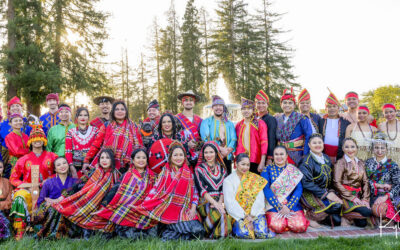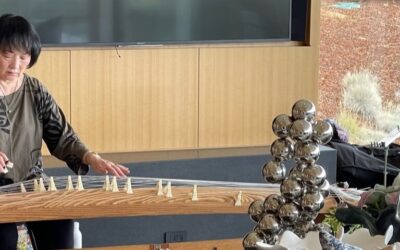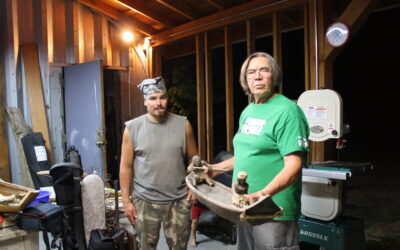Wilverna Reece (Karuk) has been weaving baskets since 1978. She was taught by Karuk tribal elders Grace and Madeline Davis in Happy Camp, California. Wilverna is proficient in the skills and knowledge needed to weave many types of Karuk baskets, and has been teaching weaving to community members since 1983.
Pangalay dancer and culture bearer
Tsugaru shamisen is a three-stringed instrument which has its origins in the Tsugaru region of Aomori, Japan. The earliest form of shamisen made its way from China to Okinawa, Japan, in the 16th century. Of the three most common types of shamisen in Japan, the tsugaru shamisen is the largest…
Colombia’s Caribbean coast is host to a plethora of rhythms and musical styles. Many fall under the umbrella of cumbia, which is but one of a number of styles. In this region, the most commonly used instruments are the alegre, llamador, tambora, maracón, guacho, and gaita. Together, they represent the…
Japanese Koto Music
Shiwaya Peck, a member of the Maidu tribe of modern-day Plumas County, has been weaving baskets for nearly sixty years. She learned as a child from her grandmother, Nellie Peck, and her aunt, the renowned weaver and elder Lily Baker. As a master artist in ACTA’s…
Hoopa and Yurok Traditional Arts
Traditional Hupa, Yurok, and Karuk Baby Basket Weaving
Mutiple genres of traditional Mexican music rely on the sounds of stringed instruments, from mariachi’s guitarróns, vihuelas, and guitars, to son jarocho’s jaranas. The quality of music produced is a direct result of the quality of craftsmanship that went into the creation of the instrument, including the mastering of necessary…
Salvador Ramírez learned how to play the guitar and violin from an aunt in his hometown of San Juan Mixtepec, Oaxaca, Mexico. He has been playing Mixtec (indigenous Oaxacan) chilena music for over twenty years, and is often invited to play at baptisms, weddings, and community festivals throughout Central California.




